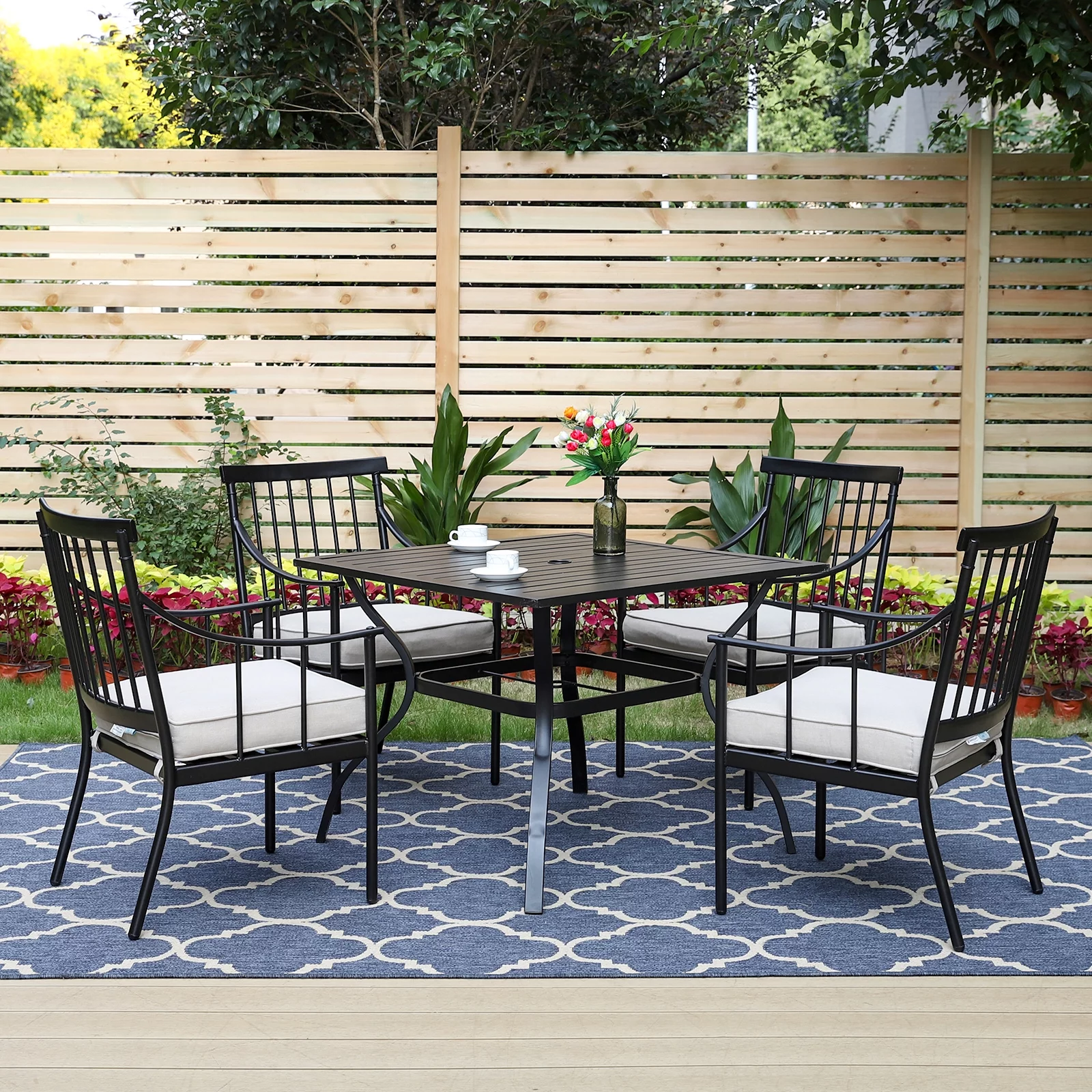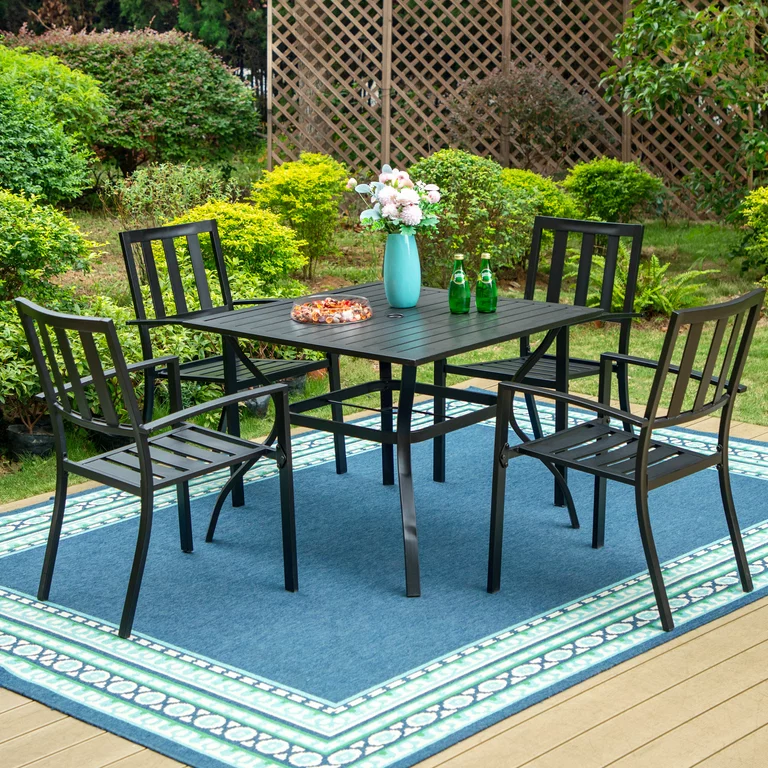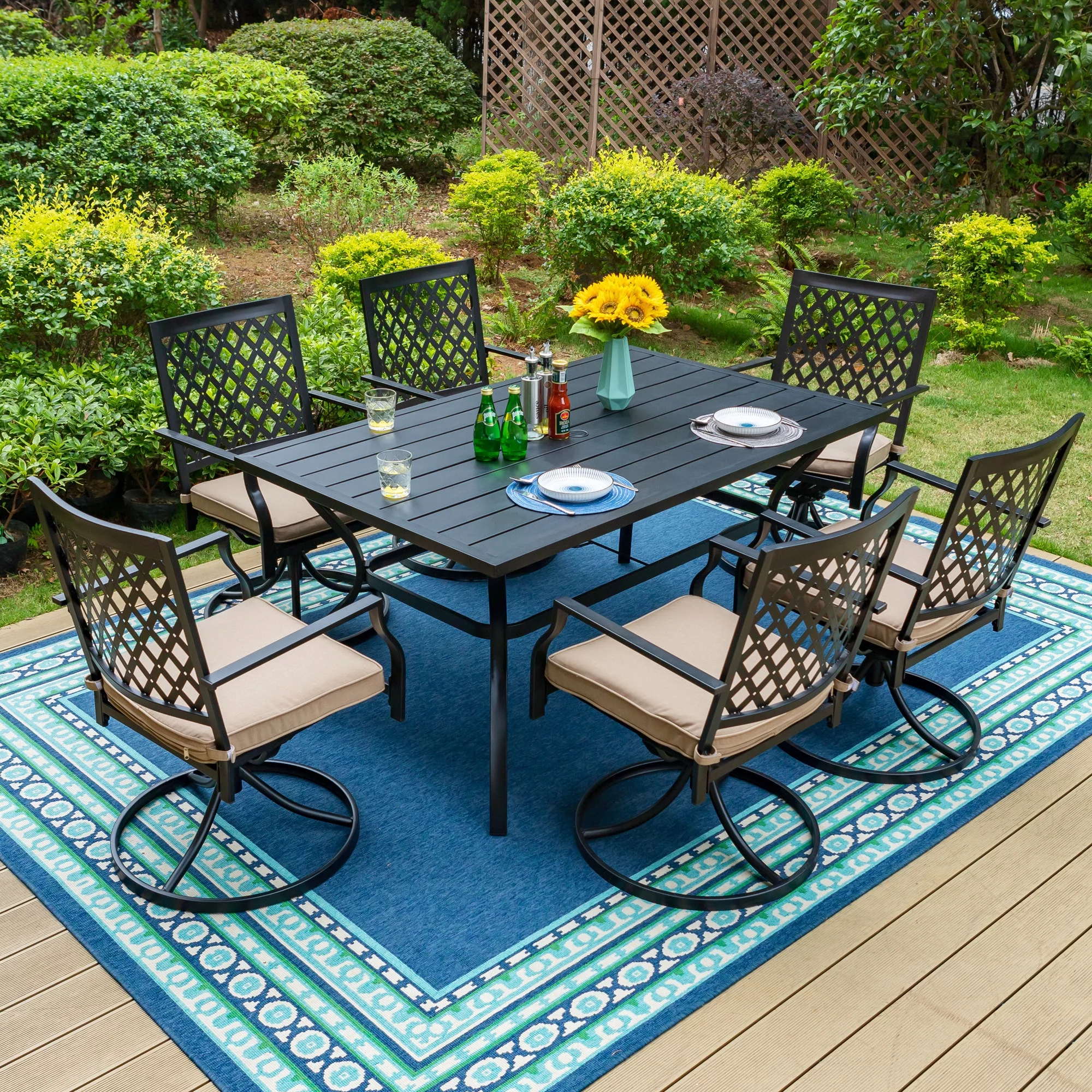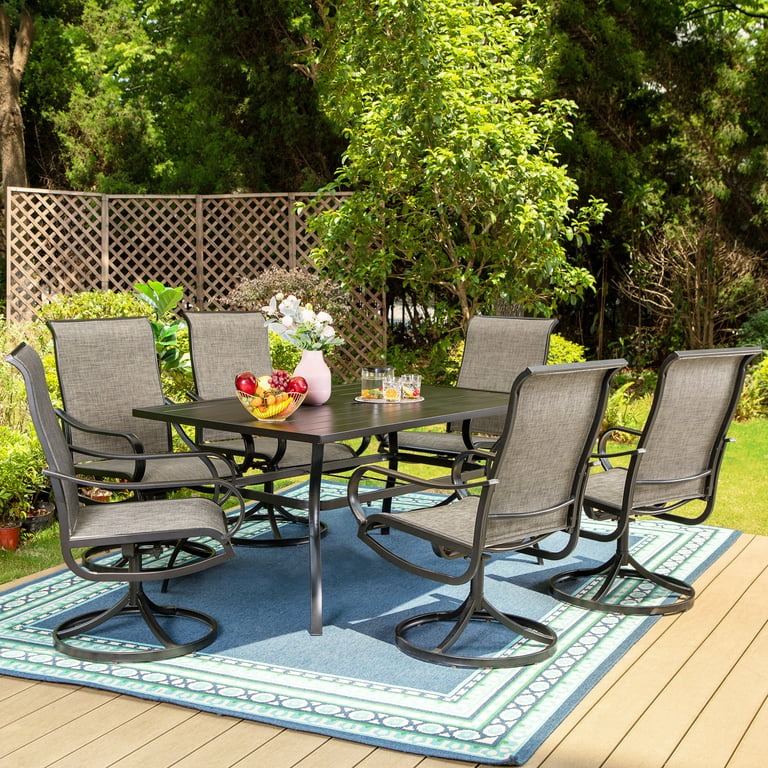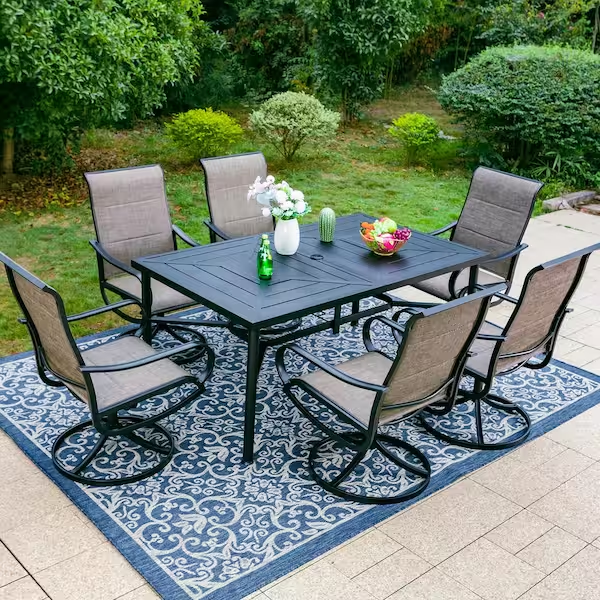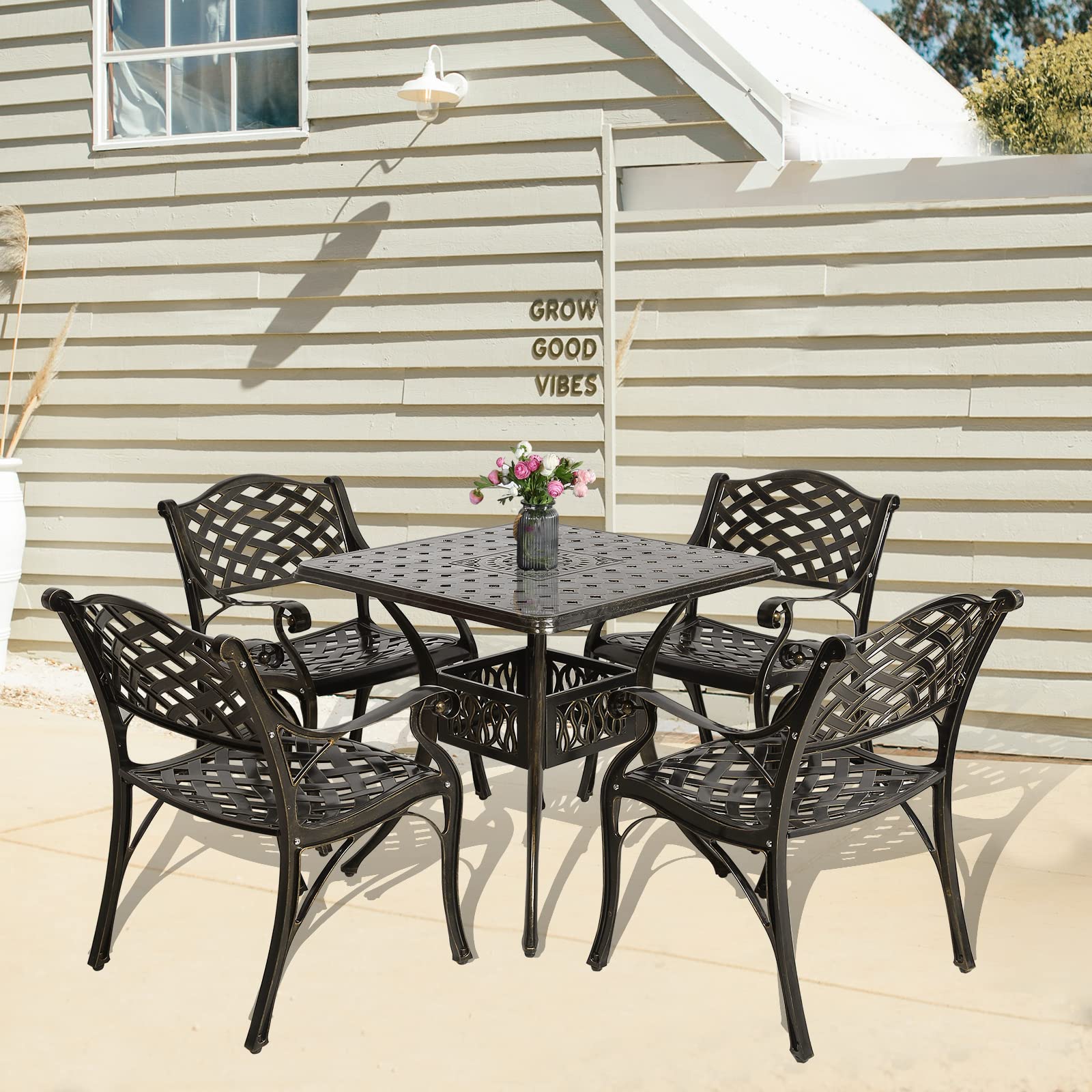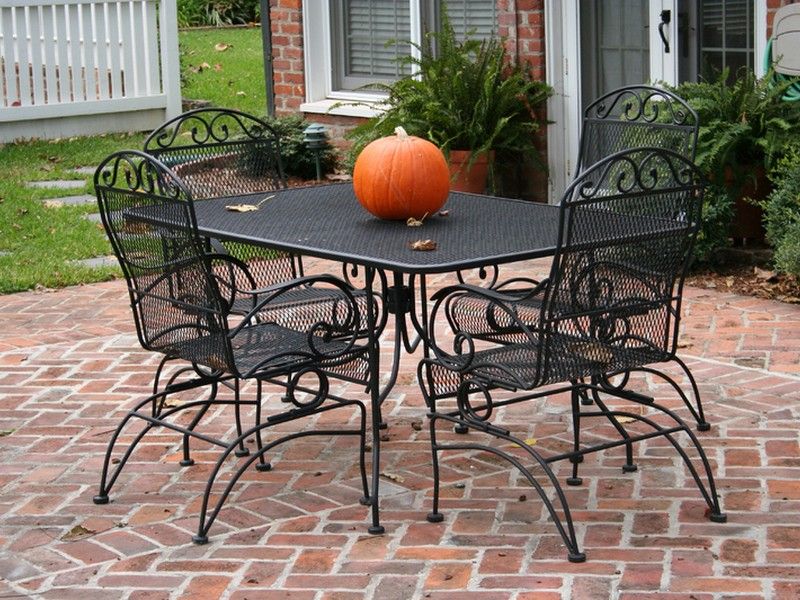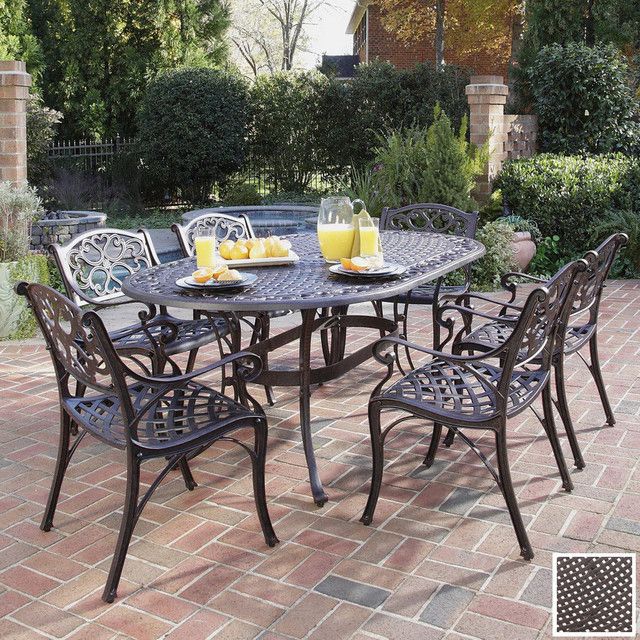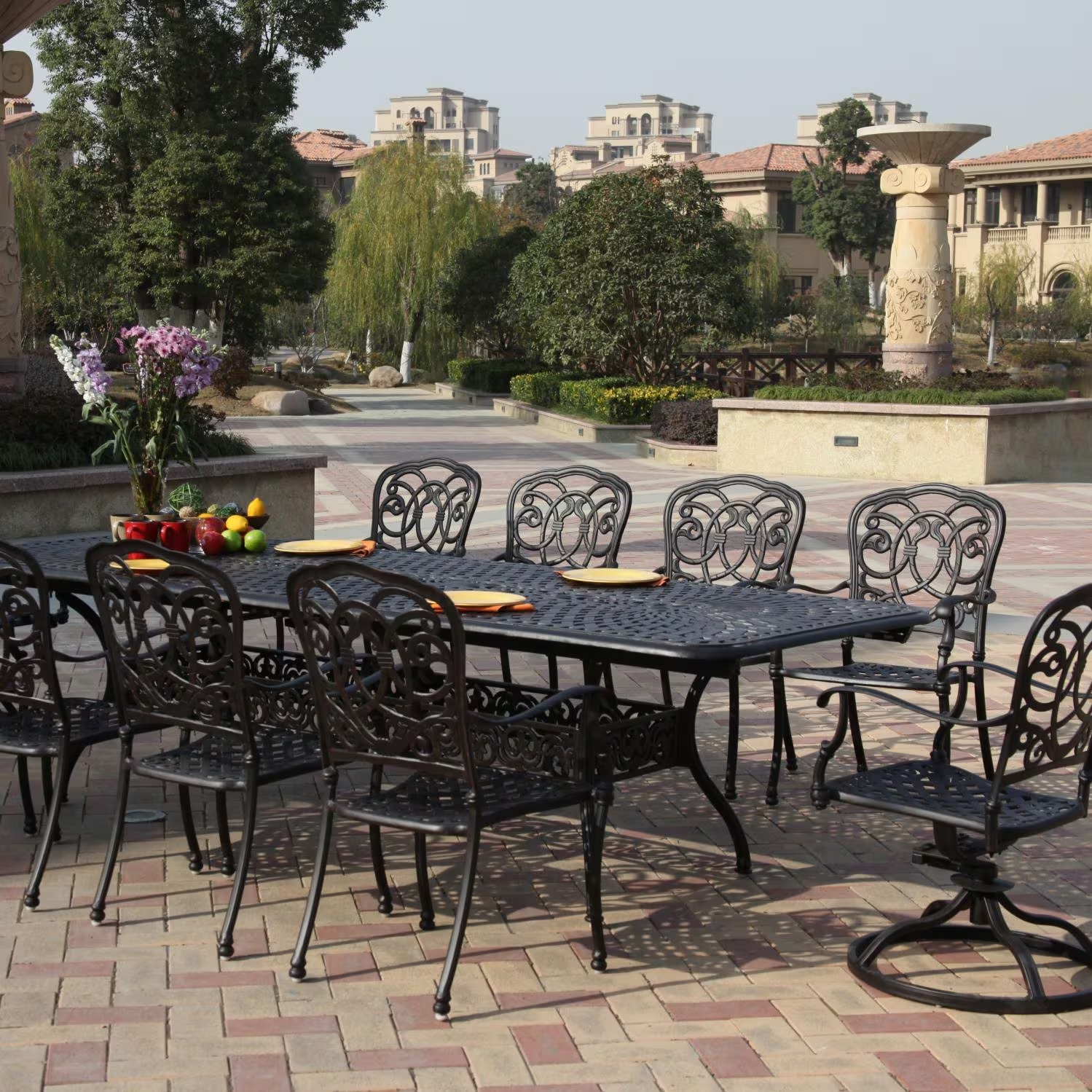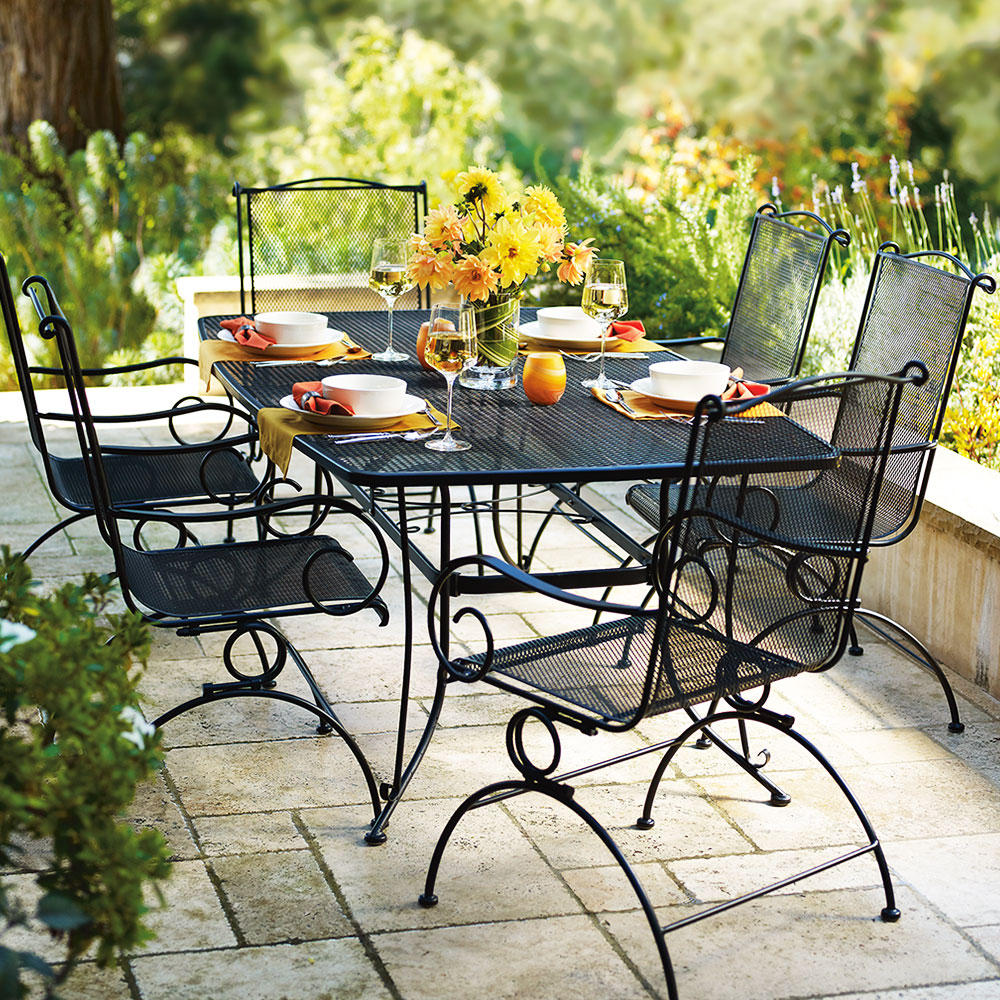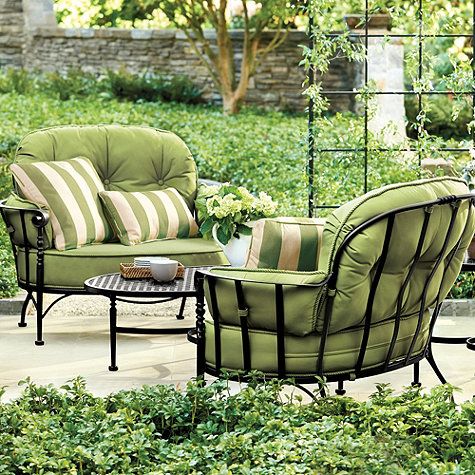About Wrought Iron Outdoor Furniture
Wrought iron furniture serves as a versatile option, suitable for both indoor and outdoor settings. Its ornate craftsmanship adds a touch of historical charm, capable of transforming any environment into a realm of timeless allure. Whether placed within the confines of a living space or amidst the open expanse of the outdoors, wrought iron furniture resonates with an enchanting aesthetic.
- Particularly when utilized in outdoor spaces, wrought iron furniture bestows a sense of refined elegance upon gardens and pathways, guiding visitors to one's abode with an air of sophistication.
- The array of outdoor furniture choices available today caters not only to aesthetic enhancement but also to practical functionality.
- Within this assortment, wrought iron garden and patio furniture stand out as exemplars, seamlessly merging style with the essence of outdoor living.
- Embracing these pieces infuses outdoor areas with an understated grandeur while facilitating the dynamic utilization of space.
